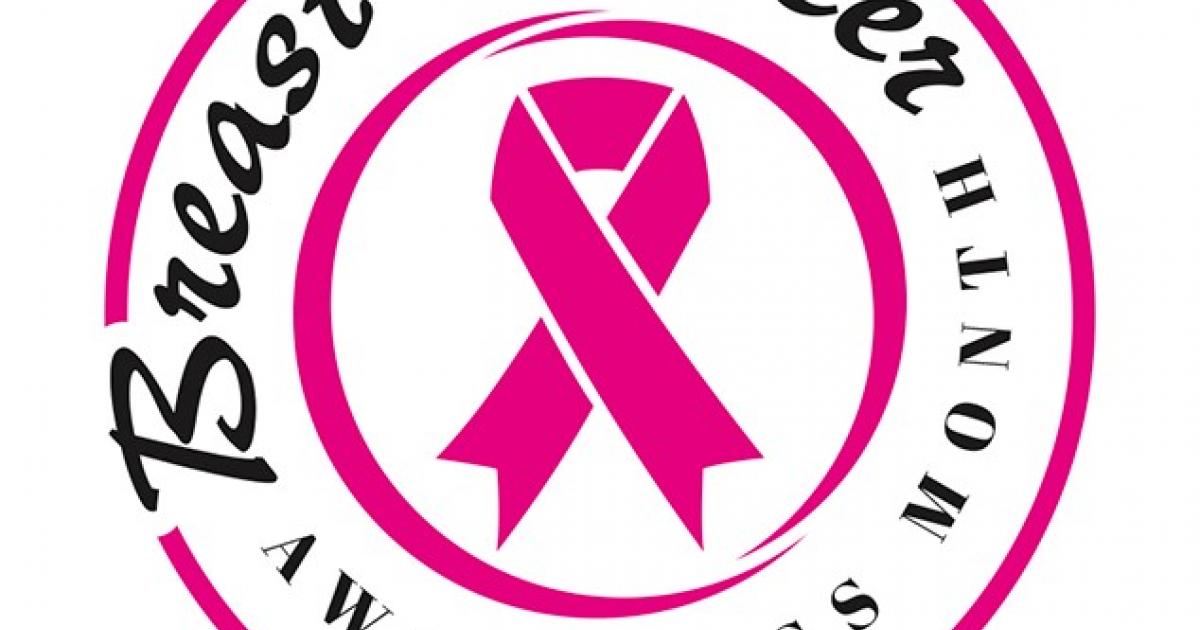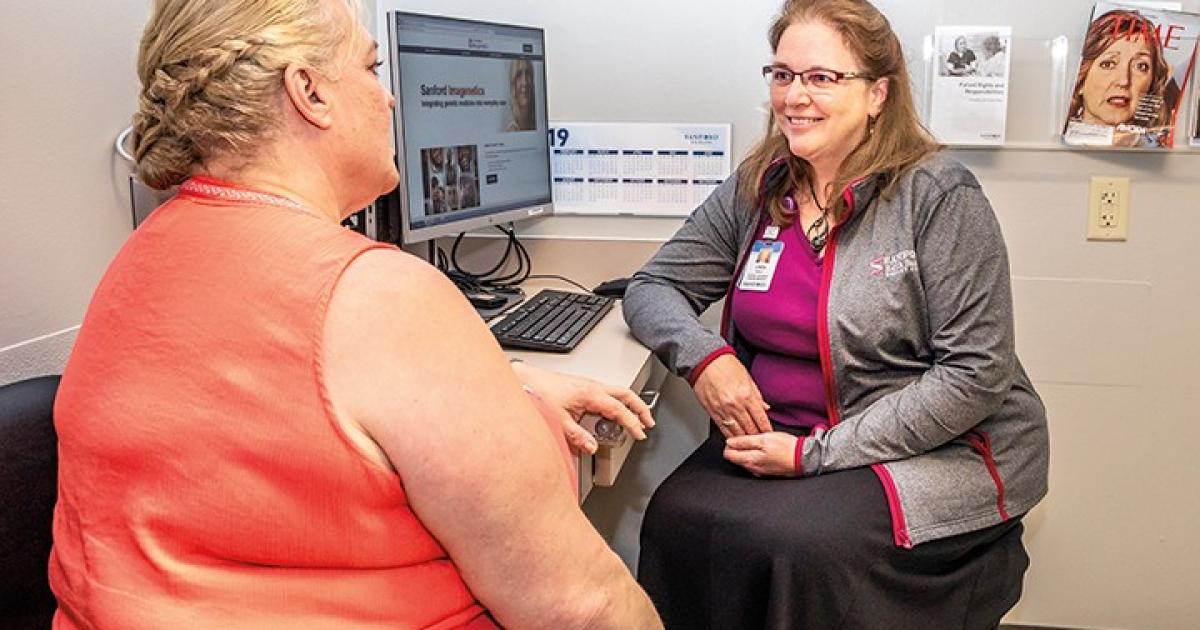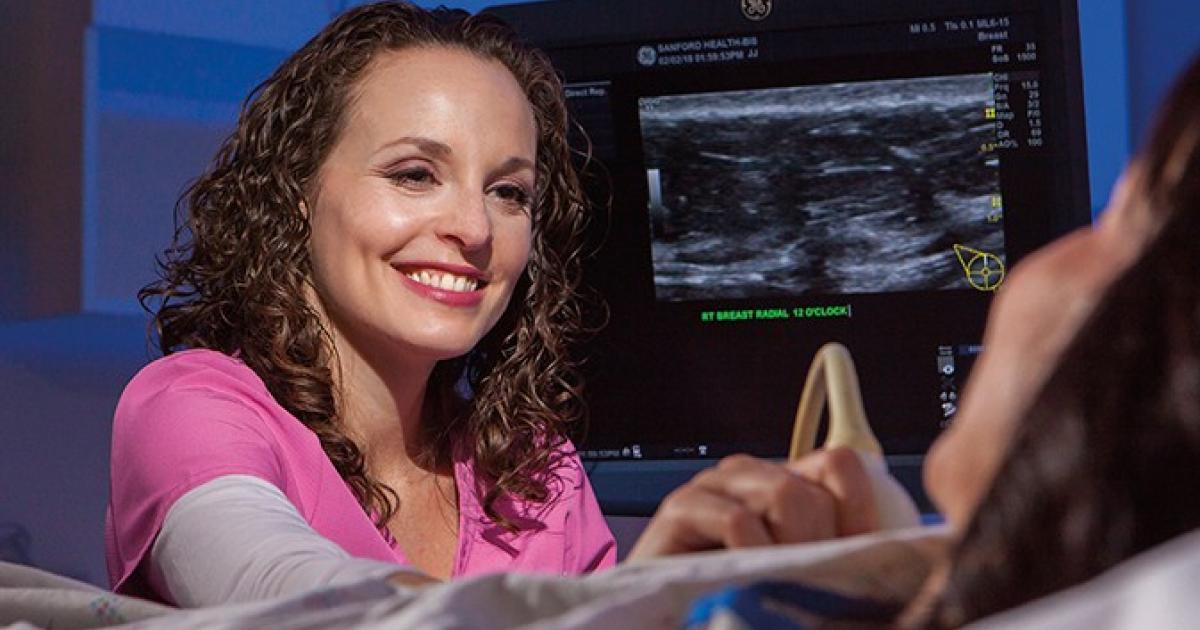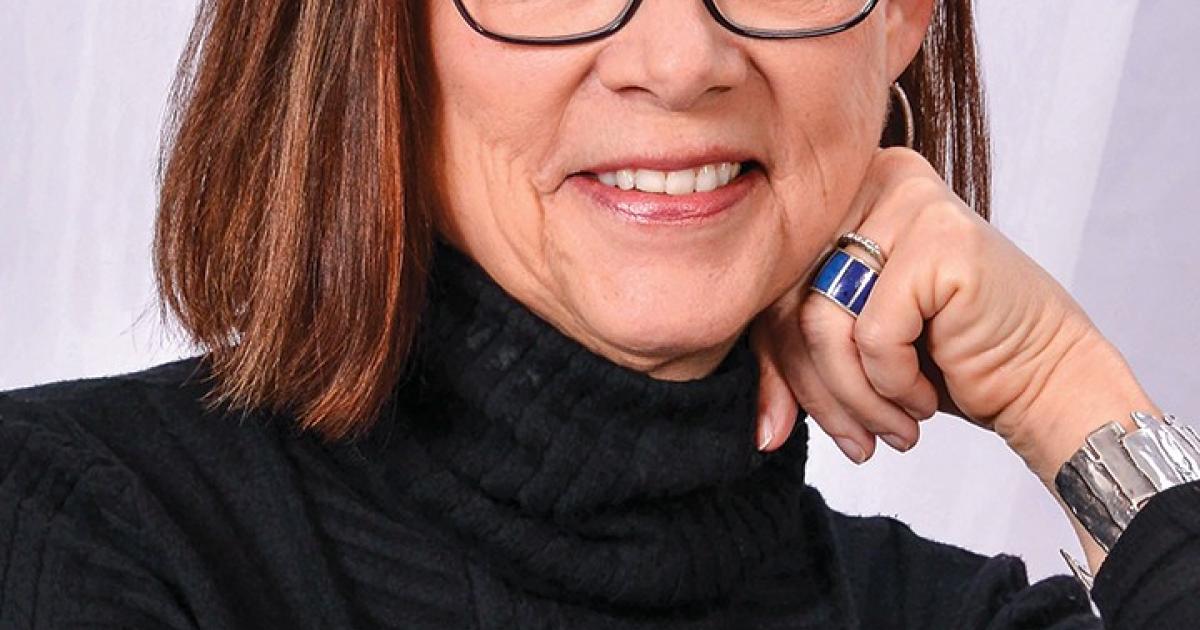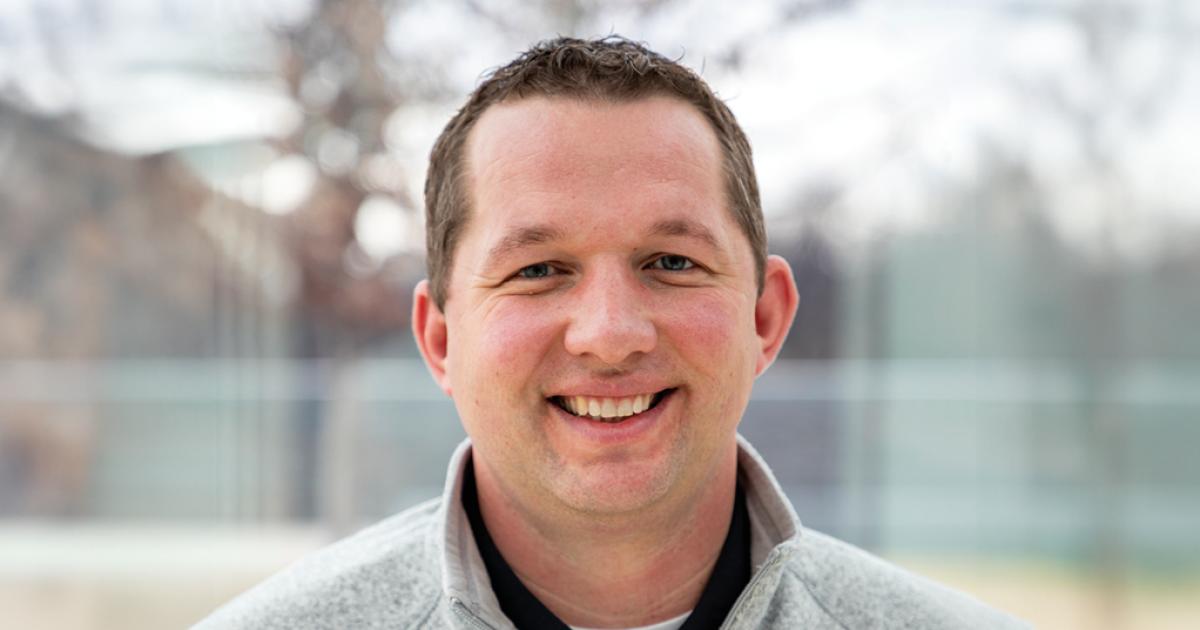When Kay Way of Mandan learned she carried a gene mutation that raised her risk of developing breast and ovarian cancer, she was terrified. But then she dried her tears and became a fierce advocate for her own health. Determined to rewrite her story and prevent a diagnosis of breast or ovarian cancer, she’s now preparing for a future hysterectomy and total mastectomy.
With an intense family history of breast and ovarian cancer, Way had pondered completing the BRCA (an abbreviation for “BReast CAncer”) gene test, which is a blood or saliva test that uses DNA analysis to identify mutations in either of two breast cancer susceptibility genes – BRCA1 and BRCA2. Those gene mutations indicate a higher risk of developing certain types of cancers.
Way’s mother, several aunts, a sibling and even an uncle had all been diagnosed with breast cancer, and other relatives battled other types of cancer.
“She had the classic family history,” says Linda Wolf, a genetic counselor at Bismarck’s Sanford Health who guides patients through the decision-making and genetic testing process.
Despite her family history, deciding to undergo the genetic test still wasn’t easy for Way.
“The fact of knowing that I could get cancer. My risk was higher. I watched my loved ones die from it, so it’s not an easy death. It terrified me to do it,” she says.
That anxiety about being tested isn’t unusual, says Wolf, who visits with patients during genetic counseling about all their options.
“Where does your anxiety lie? What would be more reassuring for you? Would you be more anxious if you knew you had a risk factor versus just going on your family history for risk assessment?” she says. “It’s a process to go through that decision. Many women choose to test and some choose not to.”
Pinpointing the gene
BRCA1 and BRCA2 are two different genes that help identify the hereditary risk for breast and other cancers.
“The reason those two genes came to attention first is because the lifetime risk for those cancers is very, very high, so those families tend to stand up and say, ‘Here I am,’” Wolf says.
“As we studied further, we found families that had patterns in the family indicating hereditary risk who did not have these two mutated genes. Now, we are up to about a dozen genes that have breast cancer risk associated and many, many other genes with other types of cancers,” she shares.
The BRCA gene mutations also indicate significant risk for ovarian cancer. Some families with a BRCA gene mutation also experience higher rates of aggressive prostate cancer, pancreatic cancer and melanoma, or skin cancer.
Every human has both the BRCA1 and BRCA2 genes, according to the National Breast Cancer Foundation.
“Despite what their names might suggest, BRCA genes do not cause breast cancer. In fact, these genes normally play a big role in preventing breast cancer. They help repair DNA breaks that can lead to cancer and the uncontrolled growth of tumors. Because of this, the BRCA genes are known as tumor suppressor genes,” the Foundation states. “When a gene becomes altered or broken, it doesn’t function correctly. This is called a gene mutation.”
People who inherit mutations in the BRCA genes are at an increased risk of developing breast and ovarian cancer compared to the general population. The carrier of the mutated gene can also pass a gene mutation down to his or her offspring.
A profound family history of cancer typically indicates a BRCA gene has mutated and is being passed through the generations, Wolf says.
It is estimated that one in eight women, or approximately 12 percent, will be diagnosed with breast cancer in her lifetime, according to the National Breast Cancer Foundation. However, women with certain genetic mutations have a higher lifetime risk of the disease. It’s estimated that 46-87 percent of women with the BRCA1 mutation will develop breast cancer before age 70. Approximately 38-84 percent of women with a BRCA2 mutation will develop breast cancer by age 70.
Targeting with testing
The BRCA gene test is offered to those who are likely to have an inherited mutation based on personal or family history of breast or ovarian cancer.
“It doesn’t diagnose cancer. It only says if you are at increased risk,” Wolf says.
The genetic test may reveal a positive result, which means a patient carries a gene mutation that increases the risk of cancer. A negative result may mean the mutation is not present. The test may also show an uncertain result.
“That is something we talk about in the informed consent, because it can be more confusing sometimes,” Wolf says.
“The benefit of knowing a gene is in the family is you can identify who has it and who has to be screened, and who didn’t inherit it,” Linda says. Those who did not inherit the gene should still pursue regular cancer screenings.
“The test is their choice, but I do tell them if you can find out you’re not at increased risk, it may be worth doing the test. The problem is I can’t tell you beforehand what your results are going to be. About half the family is going to be at an increased risk. It’s just as likely you’re going to get that normal result as you are to get the positive test result,” she explains.
Test results typically return in two to three weeks, and costs depend on insurance coverage and which lab is used, Wolf shares.
Way, who is 54 years old, completed genetic testing after she suffered a heart attack last spring. During that treatment, Way was tested with a Sanford Health Chip, which is a genetic screening test for a patient’s predisposition to certain hereditary cancers and cardiac disorders, as well as how the body processes various medications.
“It doesn’t look at all the BRCA mutations, but she happened to have one that was on it, so it picked it up,” Wolf explains.
When she learned about her risk factor, Way was scared, then determined.
“I was in shock and then I just started crying and I was so terrified, thinking it was like a death sentence. But now, I’ve had more time to think about it. I’ve done a whole bunch of research on my own. Now, I would suggest everybody do it,” she says. “Part of me kind of knew I would end up with it.”
Since her own test, Way’s sister and two sons have also been tested and all were negative for the BRCA mutation.
“They came back negative, thank God. That was the hardest part of it, the very hardest part of it. So, it stops with me. That was a big relief,” Way says.
“One of the areas that many people have a problem with is, ‘I’ll feel guilty if I pass this onto my kids,’ which intellectually you can say you don’t have a choice. Emotionally, it’s another story, so that’s part of the discussion, too,” Wolf shares.
Making decisions
Most people considering genetic testing undergo genetic counseling, which can help patients decide whether or not to pursue testing, understand the results, and decide what to do with the results.
“I run into a lot of anxiety about what to do with the information,” Wolf says.
“With the BRCA genes, we talk about where do we go from here,” she says.
Way’s next step in her journey is the decision to have a proactive type of hysterectomy and total mastectomy, as she tested positive for both ovarian and breast cancer risks.
“I don’t want to have to wait until I do get it and it’s already in me and then it spreads. That’s what I’m looking at,” Way says.
While she awaits surgery, Way will undergo regular screenings, which include either a mammogram or MRI every six months for breast cancer detection.
Wolf discusses all options with those who have mutated BRCA genes.
For those patients, breast cancer screenings twice a year are recommended – a yearly mammogram and a yearly MRI. A clinical breast exam by a physician once or twice a year is also recommended.
“We do recommend self-awareness, so a self breast exam. … If it is something they’re willing to do, we have had women pick it up before the imaging does,” Wolf says.
Wolf also discusses risk-reducing options, such as a prophylactic mastectomy, which is a mastectomy prior to a cancer diagnosis.
Some patients opt to just continue with screenings, but upon a breast cancer diagnosis, a total mastectomy is recommended, rather than a lumpectomy, because the chance of a second primary breast cancer is high.
“It’s just recommended to have the surgery to do everything. That helps reduce the risk of breast cancer up to 90 percent,” Wolf says.
A salpingo-oophorectomy (which means removal of the ovaries and fallopian tubes) is recommended for those at high risk of ovarian cancer.
“The screening for ovarian cancer is not very sensitive. It’s hard to pick it up early when it’s easy to treat, so they do have recommendations to remove ovaries,” Wolf says. “As soon as child planning is complete after age 35, start thinking about that surgery, because we really just don’t have good screening and it reduces ovarian risk up to 90 percent. It doesn’t take it away, but it does significantly reduce it. Many women do choose that surgery before their diagnosis.”
Way is at peace with her decision to pursue surgery.
“I’m not nervous anymore. I’m not scared anymore,” she says. “I’m very glad I did it. It’s like any test. You go to the doctor and you wait for the results and you’re scared and you’re nervous and no matter what it is, you have to deal with it.”
“From Kay’s perspective, everybody should be tested,” Wolf says.
Luann Dart is a freelance writer and editor who lives in the Elgin area.


